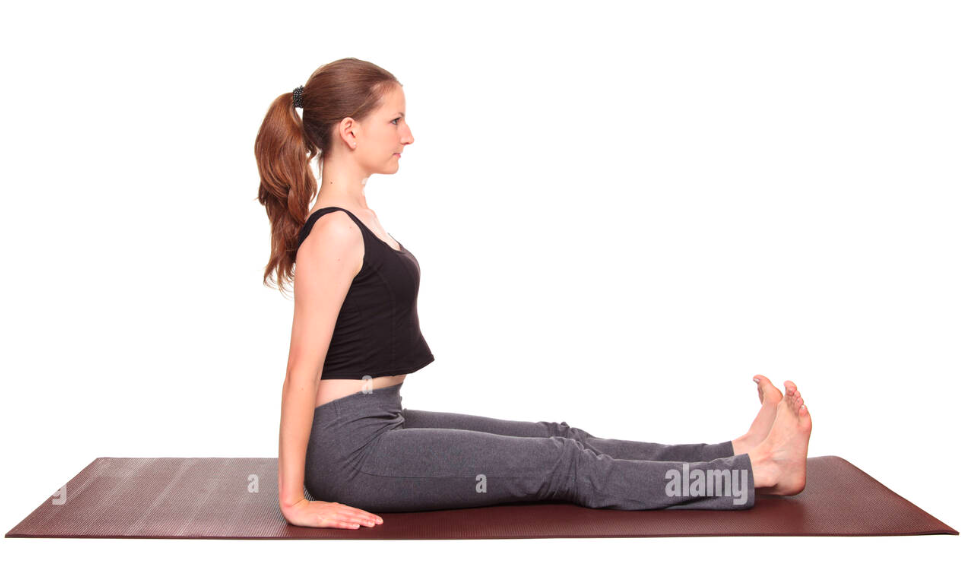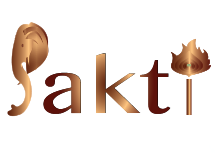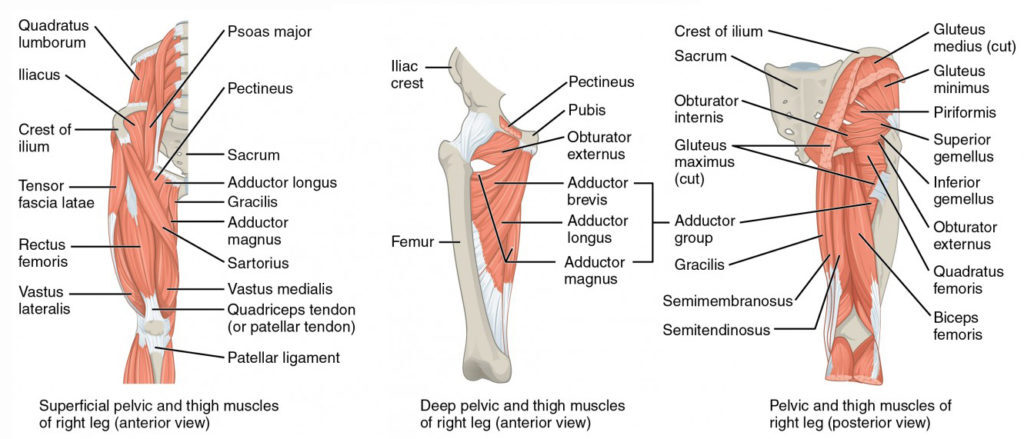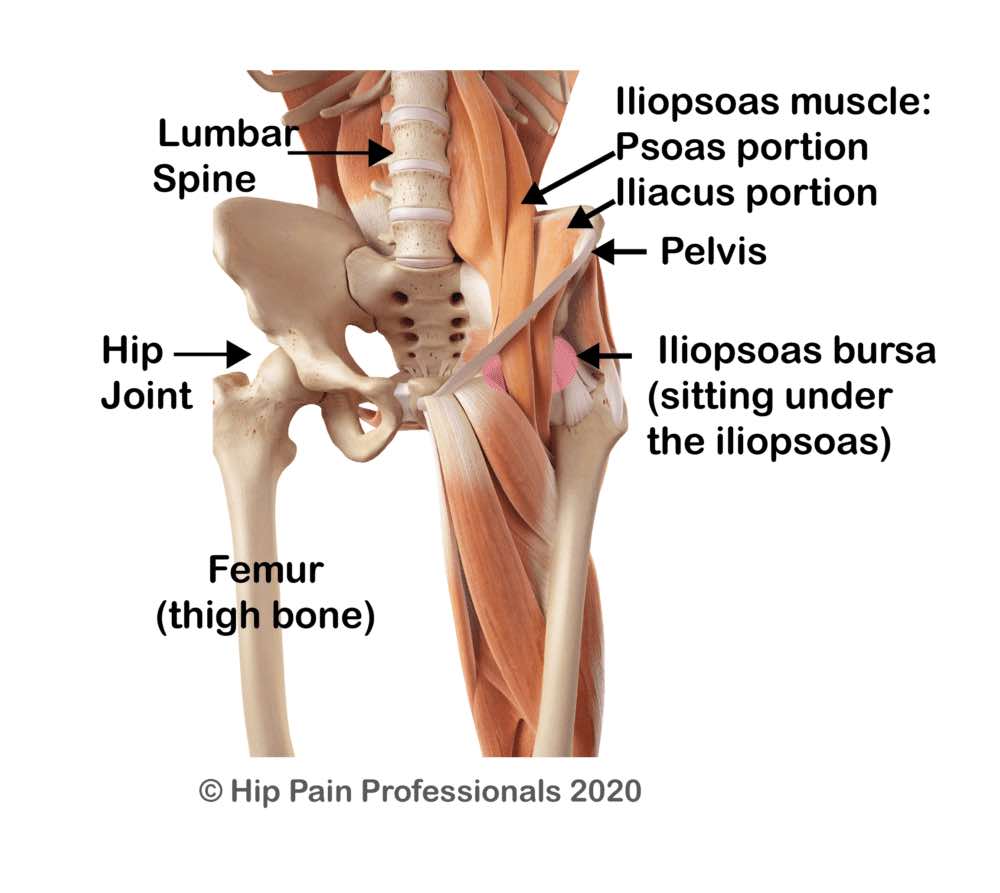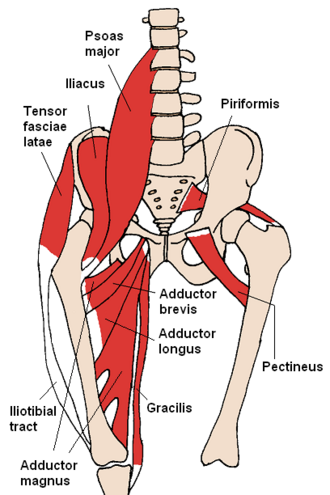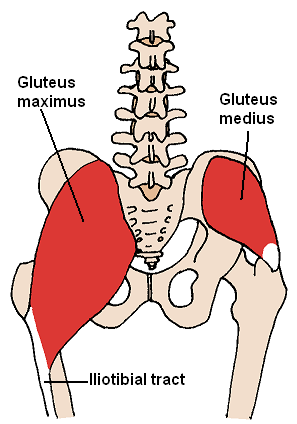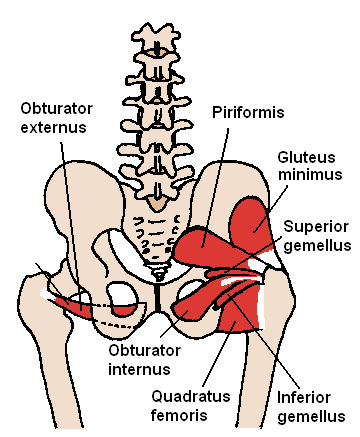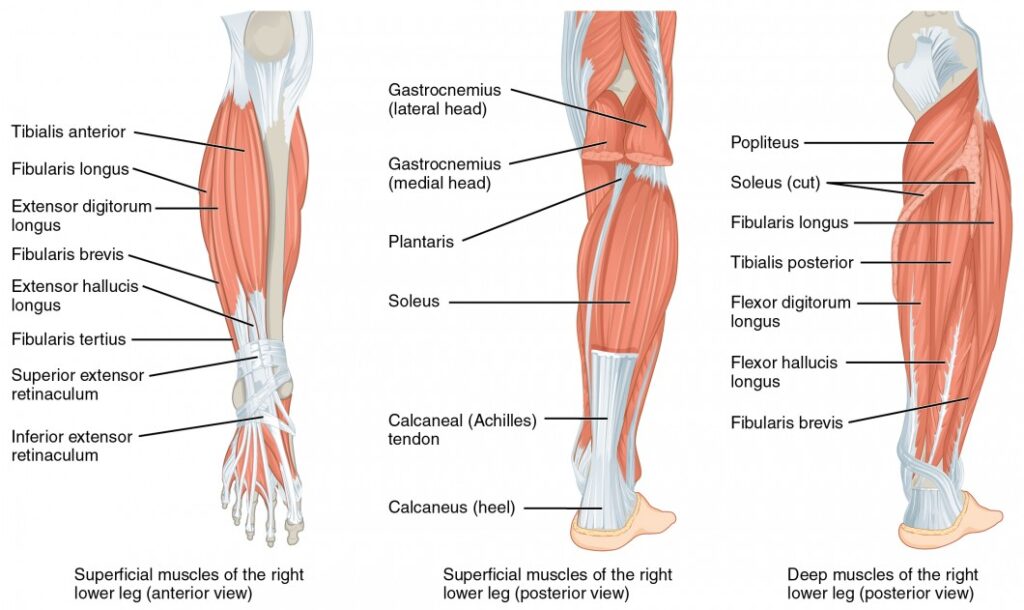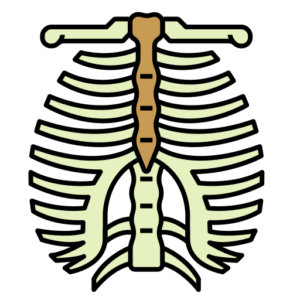Rooted to the Principles:
Manusmriti, in one of the references to danda, gives specifications for making a wooden stick for the Upanayan ceremony. The child carries the danda as he starts the journey of learning with symbolic bhiksa, or seeking alms, not for himself, but for his teacher. Bhiksha serves to instil in him the values of humility, self-control and a sense of responsibility towards the teacher and the society.
On a deeper philosophical level, the Danda embodies the principle of danda dharma, where discipline and justice are seen as foundational to maintaining balance in both individual lives and the universe. The Danda encourages practitioners to cultivate self-discipline, uphold truth, and approach leadership with fairness and compassion.
The Danda also signifies the support provided by the divine to those on the spiritual path. Just as a staff aids a traveller, the Danda is a metaphor for the divine assistance that helps devotees navigate life’s challenges with steadiness and resolve.
Whether viewed through mythology, art, or ritual practices, the Danda represents the dynamic balance between strength and compassion, punishment and protection.
Pure Intellect to work – Hamsa – separate water from milk
No mind /ego just the doing.
Dvaita to Advaita
No two, there is no seer or the seen, there is only the seeing.
